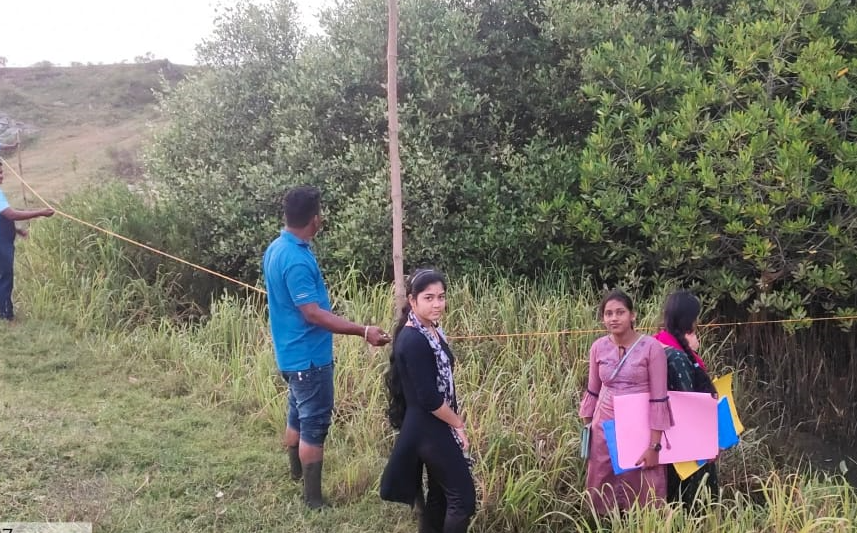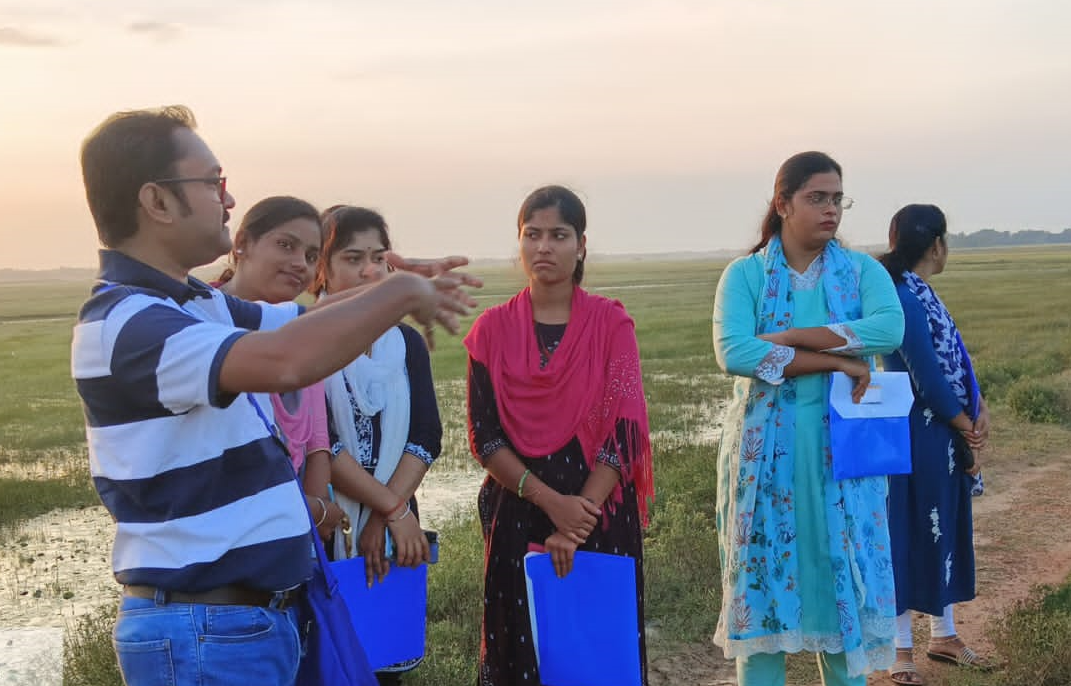Odisha’s Village Youth Trained in Quadrant Method for Mangrove Replenishment Project
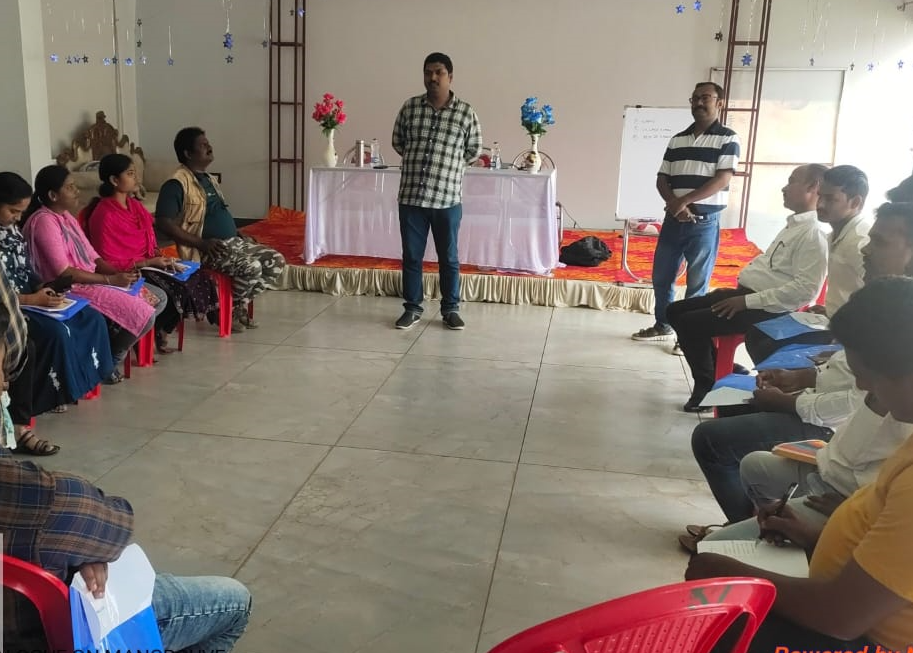
In the pursuit of successful mangrove replenishment along the embankment in Odisha, village youth underwent a comprehensive two-day training in the quadrant method. The method involves utilizing sample plots, known as quadrats, to assess species density and frequency of flora and fauna. The participatory quadrant process empowers the community to identify and finalize suitable mangrove species for their embankment, enabling the preparation of seedlings for plantation. This approach not only minimizes the risk of mangrove mortality but also holds potential for improving the success rate of tree plantations beyond mangroves.
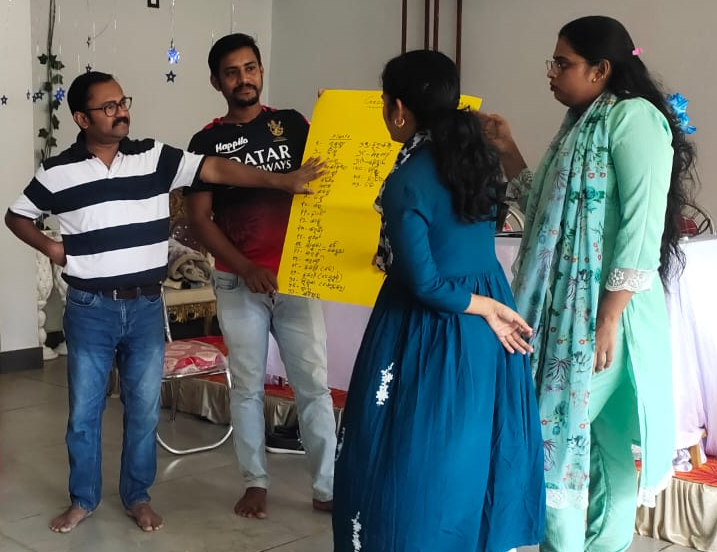
The two-day training encompassed methodologies, including whiteboard presentations, discussions, and field demonstrations. Participants grasped the quadrant process, enabling them to identify surviving flora and fauna, including mangroves, while also calculating species frequency and density.
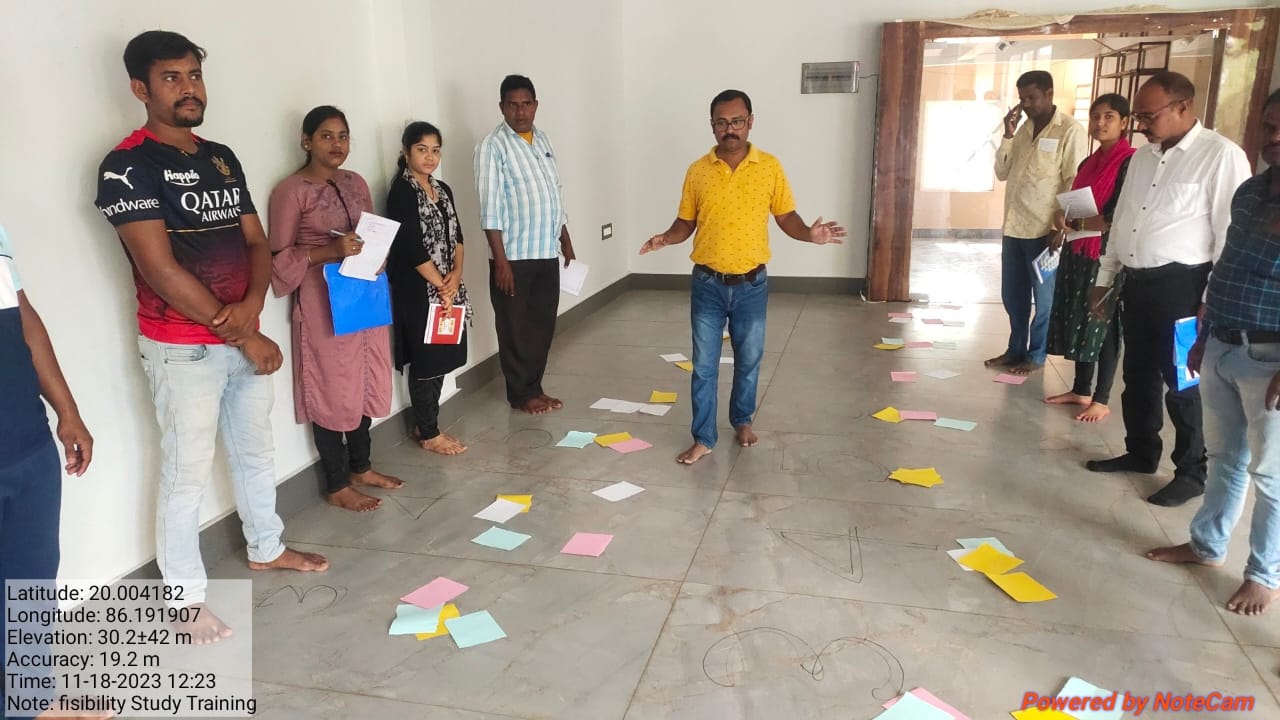
The outcomes were promising, with trainees successfully pinpointing species with the highest frequency and density. A meticulous plan for data collection through quadrant analysis was devised, with a deadline set for November 30, 2023. The project envisions collecting data from 30 quadrants in the forest patches neighbouring project villages and 40 quadrants from identified plantation areas within the villages.
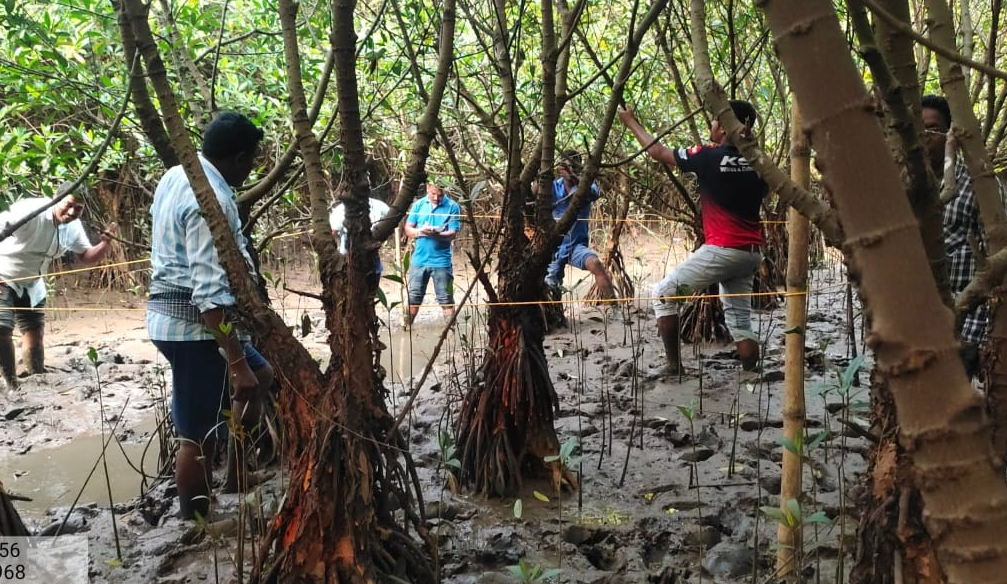
This training not only equipped the participants with the skills essential for the success of the mangrove replenishment project but also paved the way for informed decision-making. The upcoming data collection endeavours are poised to play a pivotal role in selecting primary mangrove species for the embankment, thereby fortifying coastal resilience in the region.
